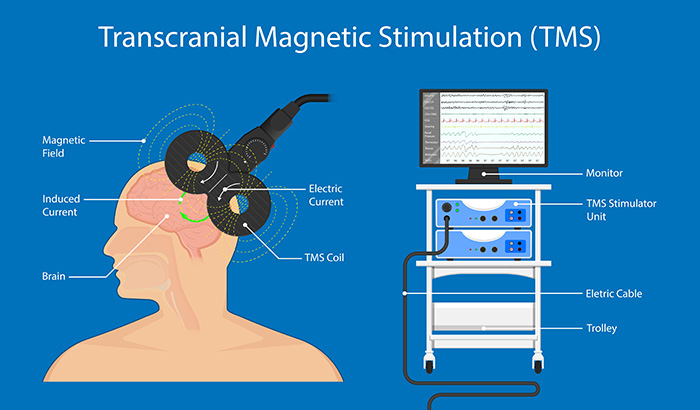
by revityteam | May 31, 2023 | TMS
Transcranial magnetic stimulation (TMS) is a non-invasive treatment option for depression, anxiety, and other mood disorders. TMS uses magnetic pulses to stimulate nerve cells in the brain to improve symptoms of these disorders. TMS has recently gained popularity as...


